All Activity
- Past hour
-
bubbagump joined the community
-

Unable to make maximum RPM a few hours post overhaul...
Pinecone replied to Tito22's topic in Modern Mooney Discussion
Yeap, 18 GPH is what I would expect on a 180 HP engine -

Unable to make maximum RPM a few hours post overhaul...
Hank replied to Tito22's topic in Modern Mooney Discussion
The Performance Tables in your POH should have Sea Level, full power fuel flow. The one for my C does. Should look something like this. I have 180 hp, and max fuel flow is 18.2 gph. -
Whatever works for you. But for me, dropping gear initiates descent whether VFR or IFR. Checking the floor indicator on final will save me if I somehow forget.
-

1968 M20C manifold/fuel pressure gauge
DXB replied to Fysiojohn's topic in Vintage Mooneys (pre-J models)
Yes - I have the original MP/FP gauge from my '68C - it looks just like this one and sits on a shelf in my office presently as a display item. I can only vouch that working in 2015, when I installed a JPI-900 and took it out. Maybe we could work out a swap? I feel kinda bad offering though. This was the single most horrible gauge in our old planes - iit brings a line containing fuel through the firewall to the gauge itself! I was very happy to get rid of it. Feel free to PM me... -

Unable to make maximum RPM a few hours post overhaul...
Pinecone replied to Tito22's topic in Modern Mooney Discussion
Agreed. Rule if thumb is around 1 GPH per 10 HP. So around 20 GPH would be what to expect. -

Mooney Lycoming riveted turbo v clamp.
Pinecone replied to flyboym20m's topic in Modern Mooney Discussion
Since the spot welded clamp was a $300 part when the AD came out, and the riveted clamp is over $1000 now. And both had the same traceability and liability issues, it really seems like the main component to the current price is greed. -
https://www.amazon.com/s?k=traveljane&i=hpc&crid=2BLRGHVIT99LM&sprefix=traveljane%2Chpc%2C84&ref=nb_sb_noss_2
-
I am in the camp of gear before flaps always. That way you have the least drag that might be a clue on final. I may put down the gear on the 45 to downwind if I am trying to fit into training traffic. Otherwise, it is mid field downwind. FYI Ks have higher gear speeds than your C, so that makes a difference also.
-
A long time ago I instructed in a C-150. This was in the days where 80-87 had just gone away and the O-200 was not happy on 100LL. We just a bit of MMO in the fuel after having some valve sticking and it did not have issues again.
-
It's been a long time, but I once did an Angel Flight connection in Amarillo. I wanted to go into AMA, but the other pilot wanted to go into Tradewinds. I asked why, and he said it was because he wanted to avoid the busy Class Charlie airspace and prefer red the non-towered Tradewinds. I insisted on Amarillo because it had a restaurant, (TDW didn't have one then) so that if he was late, we would have a place to sit down and have some coffee. So we ended up at AMA where he and I were the only airplanes taking off or landing during the hour and a half we were there.
-
Lower RPM have higher amplitudes.
-
Another yes. Vibration is bad for most components and actually the airframe itself.
- Today
-
Yes, dynamic balancing is worthwhile.
-
yes
-
Based on the G100UL fuel leak thread what's your position?
Paul Thomas replied to gabez's topic in General Mooney Talk
Guys... you're taking the bait. Should attorneys get involved to go after GAMI, I doubt that it would end up as a class action. Way too risky for GAMI. My bet is it would be a quick settlement. When GAMI gets a demand letter, they'll likely quickly settle over the risk of having to go through the discovery process. I doubt we'll see lawsuits over this unless someone wants to prove a point; it's too expensive for both side. I wish we had a way to know whether GAMI will pay the insurance companies for the damage to some of the airplanes. The 421 that was totaled seemed like someone that could end up in a lawsuit. -
When you're talking about this subject, you can't help but look at the particular unit supplement involved. On the part I bolded, that's basically correct. But just to get the terminology correct... when the regulation FAA guidance on GPS use was updated, they updated their guidance regulatory Limitations. That's not as picky as it sounds. There are some important consequences to the way the FAA handles GPS use. Can you imagine what it would be like if every time a manufacturer came up with a new GPS function or the FAA became more comfortable with a particular function, the FAA had to go through the entire notice and comment period to approve it. Instead, there's really only two regulations on the subject. 91.205 which requires "navigation equipment suitable for the route to be flown" for IFR and 1.1 which includes "Information on suitable RNAV systems is published in FAA guidance material" in the definition of "Suitable RNAV system."
-
I’ve got my prop coming off at annual here for a warranty re-seal (it was just overhauled last year and one of the blades started weeping.) I haven’t noticed much in the way of adverse vibrations thus far, but is the cost of a dynamic balancing worth it when the prop is reinstalled? I typically run at either 2500 or 2400 rpm depending on if I’m doing a best power or Econ cruise. If I get it balanced to a specific RPM, say 2500, will that make a noticeable difference when I choose to run 2400? I fly a lot, and as I mentioned I haven’t really noticed much vibration as it is, but if it’s something I’m missing out on I’d definitely go for it. A smoother running engine is good for longevity. Would love to hear some feedback, good or bad, if it’s worth it. McCauley C214 2 blade on a ‘91 J model.
-
I’ve wondered that for a long time. Is aircraft paint really that different from automotive paint? I know some is single stage and some is base/clear, but surely the same maintenance techniques apply? After high school I was a “professional” detailer for a few years. Got really good at paint correction, etc. I’ve been able to use those same techniques successfully on my plane with no issues. Obviously rivets are the big concern when wet sanding, but just avoid them and you’re good.
-
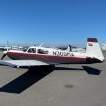
Based on the G100UL fuel leak thread what's your position?
Marc_B replied to gabez's topic in General Mooney Talk
The issue is advertising G100UL as a "100% drop in fuel" with no maintenance required. The ICA that mentioned considering Viton o-rings and teflon-lined hoses was initially buried under the advertising that it's invisible to the pilot and the plane and "no airframe left behind." At the onsite STC events, none of the IA's GAMI hired were checking for this. The reality is that it will likely require some form of maintenance in order to decrease the risk of having significant damage resulting from leaks. Additionally Mr. Braly has been very vocal against wet wings since the issues started cropping up, and he's even submitted a declaration to the State of California attesting that the wet wings, specifically mentioning Mooney wet wings, are inadequate and likely to leak. So the idea of a "safe" use of G100UL in a Mooney has turned into a gamble on how well YOU feel your Mooney is prepared, as according to GAMI it's likely to have issues unless you've had it professionally resealed (patching isn't adequate) and you've updated your o-rings and fuel lines using modern practices. My guess is that the most that someone could ask for who purchased an STC and didn't use it would be a refund for the STC cost paid. However, the general sentiment for those who purchased a STC early when they couldn't even obtain fuel was that this was just supporting GAMI to help bring the fuel to market, and personally hedging bets that the price of STC would likely be more expensive if/when GAMI was successful. I personally think it's going to be difficult to recoup any amount. -
Agree, TDW is an easy location to fly into. Last time I was there there were signs leaving TDW about flying into H81 for cheap fuel...I think someone was trying to drum up business; although I'm not sure what facilities and services they have at H81. TDW has a full service FBO with a solid restaurant. If I were flying into Amarillo I think TDW makes sense. My father lives up there and so I've flown into BGD a couple times. Fun tidbit is that the Philips refinery is right across the field from BGD and it's one of the only places that have 100LL piped into the airport rather than tankered. Also at the end of the month if BGD is running a profit, they'll turn it over to balance the books with cheaper fuel since they're nonprofit. So sometimes you can find really cheap fuel there. (looks like currently its all around $4.30-4.70/gal down in the area)
-
Thanks for that. Honestly, I didn’t intend to open a question about any particular supplement or manufacturer’s guidance - I really just meant to ask about a conflict between the manufacturer and the regulation. It sounds like in Garmin’s case they had no reason to require the use of the ground-based nav source for the final approach segment aside from wanting to align their guidance with the regulation. So when the regulation was updated, they updated their guidance?
-
thomasparker joined the community
-
-
Almost always There are two types of discrepancies. One is the very minor one you mentioned, the acceptable range of VOR error. The other is numerical. Since VOR radials are not recalibrated to magnetic often, there can be a discrepancy between the radial and course number displayed in the GPS. Even that “should” not be a big deal, but I was approached a few years ago by an instructor whose student failed their instrument checkride because of it. In that case, the VOR had last been calibrated in 1965 when the magnetic variation was 6° different. The 215° GPS course on the 209° radial threw him.
-
Check out the very first Limitation in the AFMS you posted a picture of.
-
OSUAV8TER started following FS: BatteryMINDer Charger Sale through 8.31.25
-
I have new BatteryMINDer chargers that are on sale through August 31st of this month or until inventory runs out. Once the inventory is out, they will not be on sale. They are regularly $299.95 but are discounted to $247.50. The aviation battery specific line of BatteryMINDer® battery chargers-maintainers-desulfators are the most advanced ever produced. In addition to charging and maintaining the indicated aviation batteries, users can now determine the level of charge remaining in their battery, and if weak and in need of replacement, before going bad. Units test for weak/dead cells and will recover weak or severely discharged batteries that other chargers would reject. Known as the CEC2-AA series they feature advancements in easy to understand battery analysis and condition not previously available in any other single model. Their high efficiency design, controlled by industrially-rated microprocessors, allow continuous operation (24 hrs./day) for less than $0.43/month*. Temperature sensors prevents over/under charging from freezing to 130-F. https://www.gallagheraviationllc.com/BatteryMINDer_c_217.html <-- Link to website gallagheraviationllc@gmail.com <-- Email me 1-833-425-5288 <-- Call/Text, please leave a voicemail if I do not answer 513-401-6495 <-- Call/Text/MMS, please leave a voicemail if I do not answer

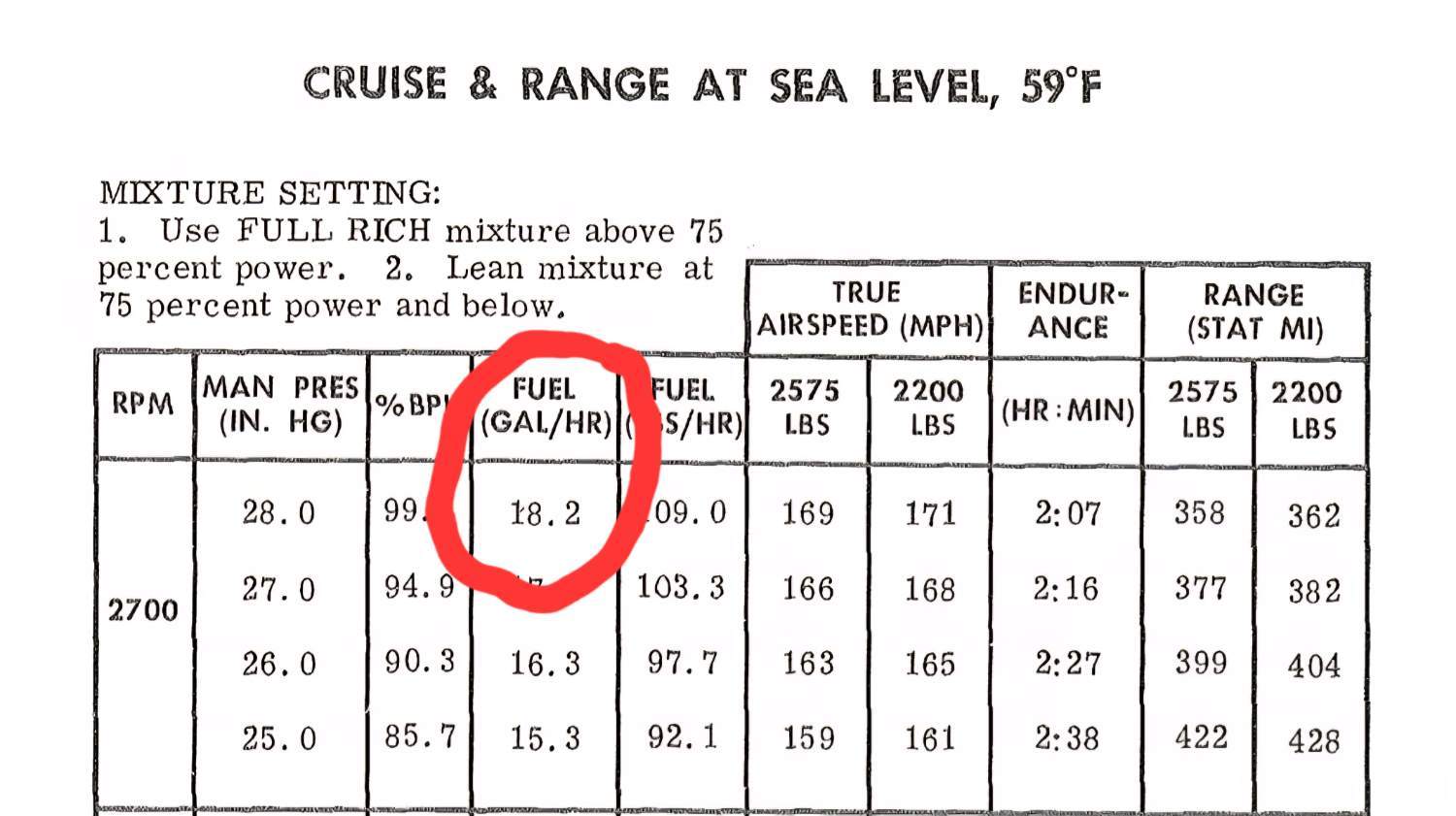

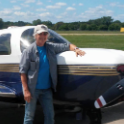

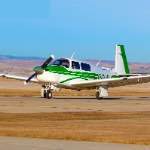
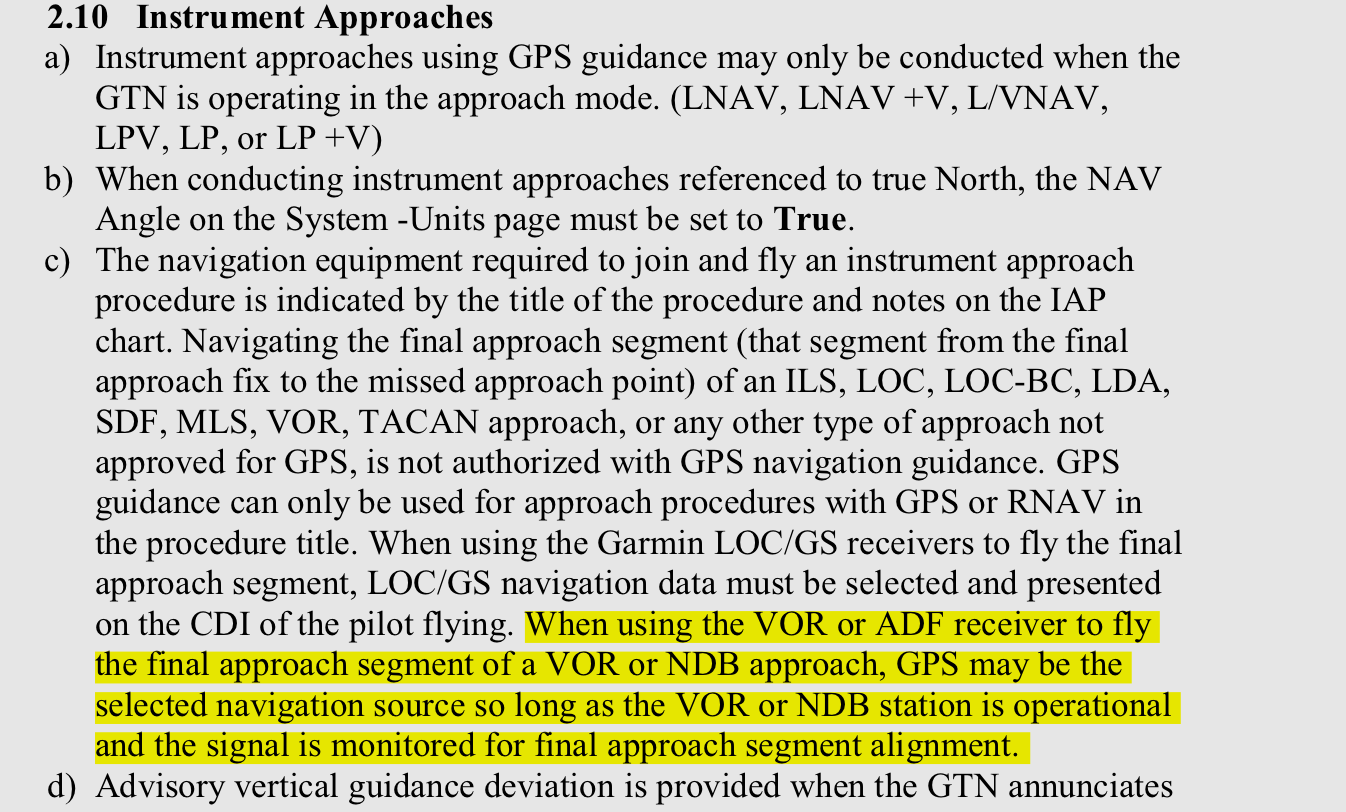
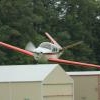

.jpg.cd62770f8895a30d1d0151bf71d19f70.jpg)